'It was a massacre': Cheyenne and Arapaho leaders push to rename Oklahoma site
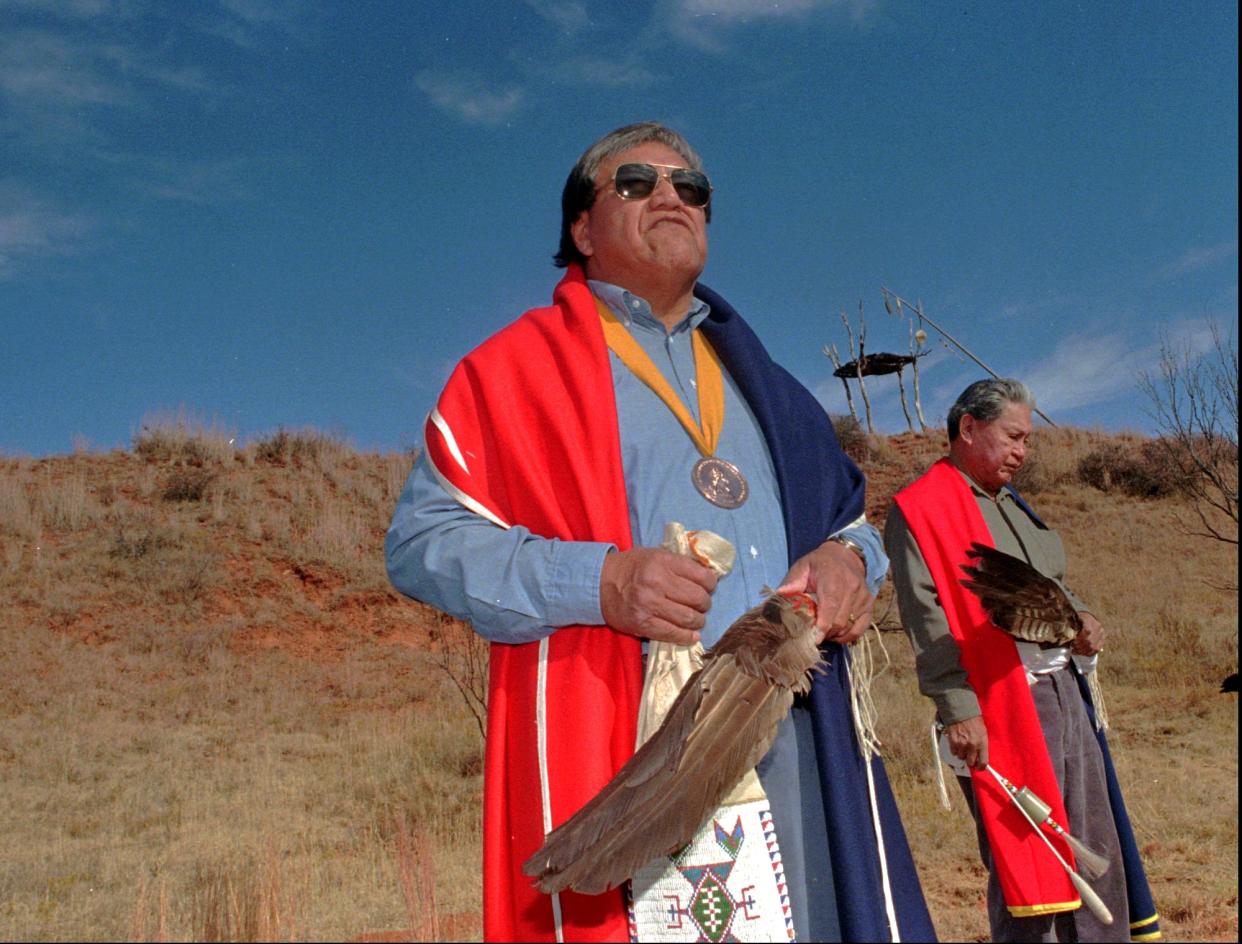
As the sun rose on a cold morning in 1868, hundreds of U.S. soldiers, led by Lt. Col. George Armstrong Custer, attacked Cheyenne families camped for the winter along the Washita River.
Stories passed down by survivors recount what happened as a massacre. Other evidence backs them up.
Yet when people visit the land today, the first thing they see is its official name: Washita Battlefield National Historic Site.
Cheyenne leaders asked Congress in the 1990s not to label the place where dozens of their ancestors were killed in a surprise attack as a battle. The name stuck, though, and the National Park Service has managed the western Oklahoma site ever since. Now tribal leaders are renewing their push for “battlefield” to go amid a broader reckoning by the U.S. government to reconsider racist or otherwise offensive landmark names and how they came to be.
“If you’re going to tell a story, tell it accurately and truthfully,” said Cheyenne and Arapaho Gov. Reggie Wassana. “Don’t make it sound as if the genocide was proper and right.”
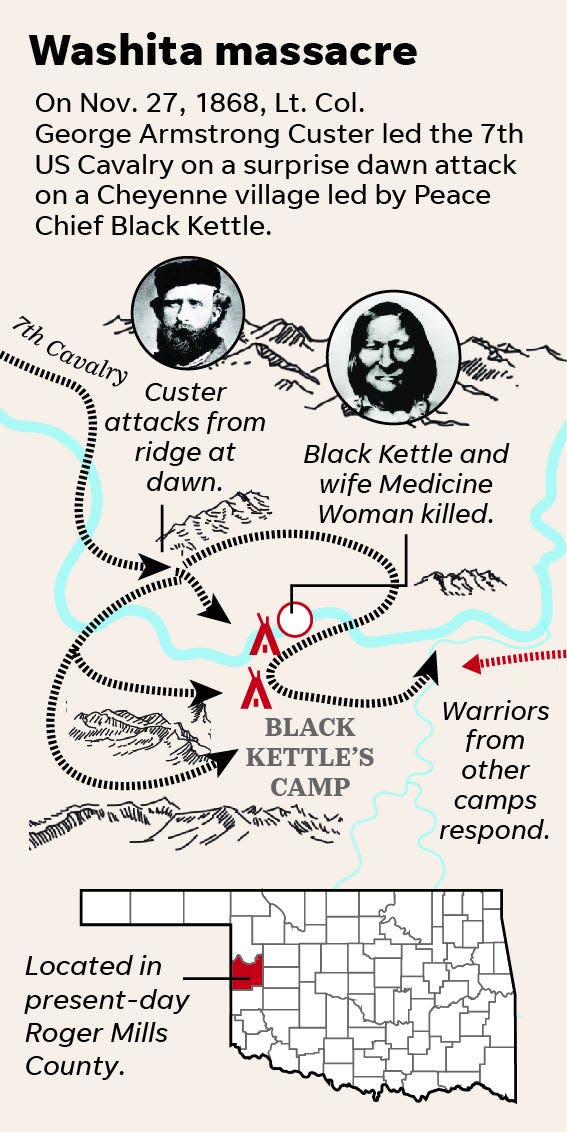
In the last year alone, U.S. officials changed the names of 643 streams, cliffs and other geographic features after Interior Secretary Deb Haaland moved to erase a racist term for Native Americans from her federal lands. Seven of those places were in Oklahoma.
Leaders of the Cheyenne and Arapaho Tribes, which operate a joint government in Concho, have repeatedly asked Interior Department officials about adding Washita Battlefield to the list, Wassana said.
But its name was written into law, and changing it could require another act of Congress. The pressure to change the site’s name comes as lawmakers in Oklahoma and other conservative states take steps to limit how history and race are taught. Oklahoma’s new top schools official, Ryan Walters, pledged on the campaign trail to roll out “patriotic” training for history teachers.
Kenny Points, the park ranger who supervises the Washita site, said he and other park employees work with Cheyenne and Arapaho officials to make sure the tribes’ perspective is represented in exhibits and events. He declined to comment about the park’s name or any internal discussions surrounding that.
Wassana said while park rangers do work with tribal leaders, the site can never fully portray the tribes’ viewpoint because its name obscures reality. Black Kettle, the Cheyenne peace chief who led the encampment, was seeking peace. He was killed along with his wife and an unknown number of Cheyenne men, women and children.
Cherokee Nation delegate in Congress: Lawmakers end the year without a vote
Without calling it a massacre, the hundreds of people who travel to the site every month leave with a muddled understanding of what happened, Wassana said. More than 15,100 people visited in 2021.
The Park Service often explains what happened as a tragic culture clash, a phrase that federal officials have used to describe the event since at least the 1960s.
“To us, it was an invasion,” said Max Bear, the tribal historic preservation officer for the Cheyenne and Arapaho Tribes. “The culture clash was, ‘We want this, and we want you out of the way.’”
The site is an example of history told from the mainstream, Anglo American viewpoint — that violence on the Plains was inevitable in the United States’ westward expansion, said Jeffrey Shepherd, a University of Texas at El Paso history professor who has researched the Washita Battlefield site extensively.
“So the question is, ‘Well, why is that the normative baseline history?’” Shepherd said. “Where are Cheyenne, Arapaho and Native perspectives? Why aren’t they valued?’”
The debate over how history is taught in public schools adds extra urgency to ensuring accuracy at the Washita site, said Bear, who is Cheyenne, Arapaho and Kiowa.
“I would like to see it changed in my time so I can better explain it to my children,” he said. “I have to explain to my son — before I even talk about the Washita massacre — explain first why it’s called a battlefield, not a massacre site.”
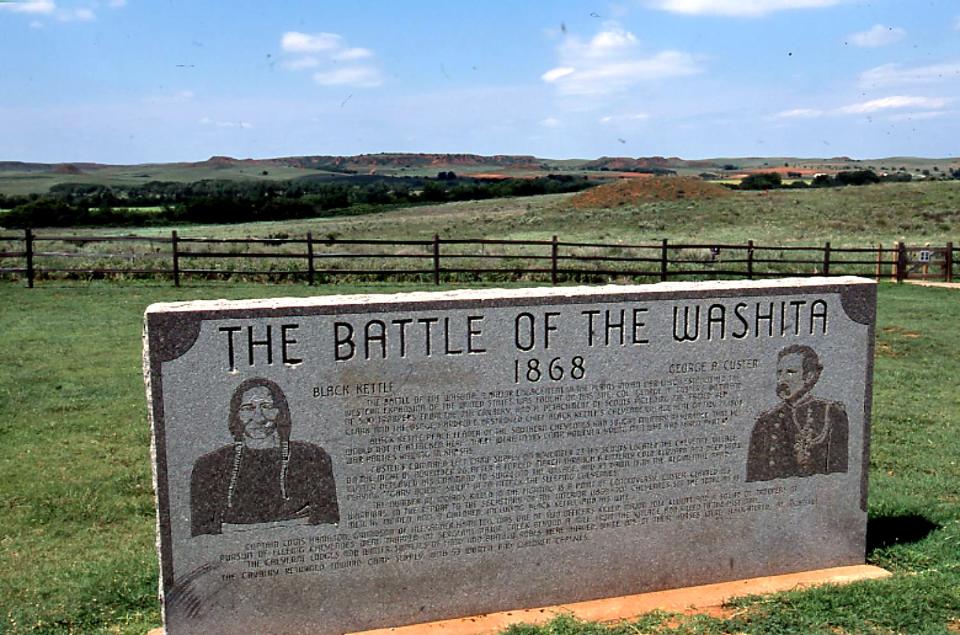
Two mass killings, four years apart
The United States already recognizes a similar site in Colorado for what it was: a massacre.
In November 1864, troops attacked Cheyenne and Arapaho families camping for the winter, killing more than 200 people. The grounds are now known as the Sand Creek Massacre National Historic Site.
U.S. officials eyed the land where Cheyenne people had lived and hunted for thousands of years for expansion, particularly after the discovery of gold in the Rocky Mountains in 1858, said Henrietta Mann, a Cheyenne historian and elder and prominent scholar of Native American studies.
Black Kettle, one of 44 Cheyenne peace chiefs, survived Sand Creek. He signed treaties that progressively cut his nation’s land base because he wanted to reach peace with the new foreign government, Mann said.
“All he ever wanted to do was have his children sleep throughout the night,” she said.
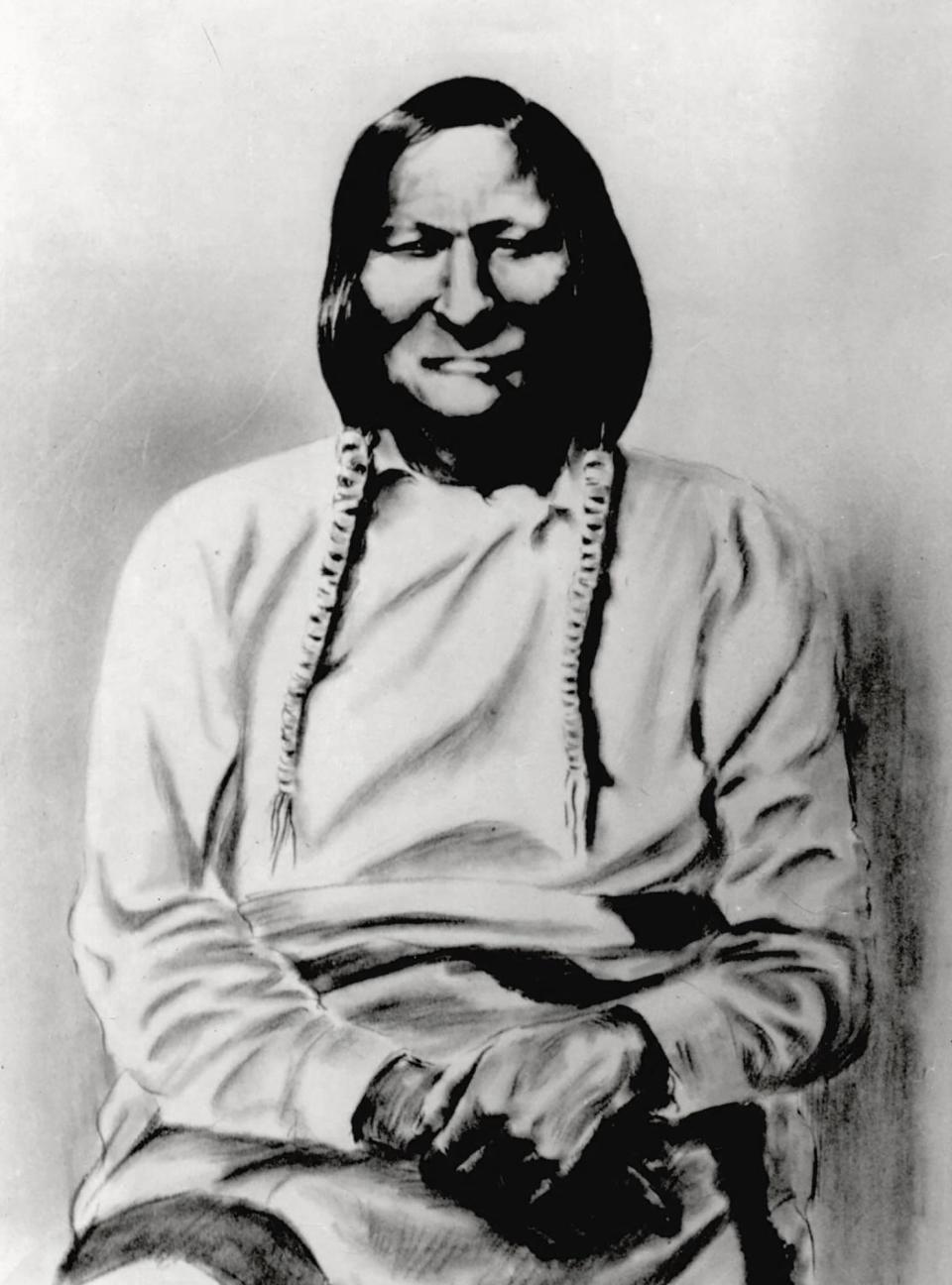
In late 1868, Black Kettle and his band set up camp for the winter along the Lodge Pole River. The river, which cuts across what is now southwest Oklahoma, is known today as the Washita.
It provided an abundant source of water and the surrounding cliffs offered shelter, making it a favorite winter campsite, said Mann, whose two great-grandmothers traveled with Black Kettle’s band. Other bands of Cheyenne, Arapaho and Kiowa set up camp nearby.
Meanwhile, Gen. Philip Sheridan tapped Custer to lead the Army’s post-Civil War campaign against the Cheyenne. Some factions of Cheyenne society advocated for warfare as a way to defend their nation and protect citizens. But the military’s new strategy of all-out war did not make any distinctions.
“The ultimate fact at Washita is you’ve got a peace chief who is working towards reconciling the internal dynamics of what to do,” said Mann’s son, Alden Whiteman, who is Arapaho and Cheyenne.
'We believe': Freedmen descendants say the time is now for Muscogee Nation citizenship
Custer charged with the 7th Cavalry into Black Kettle’s encampment at dawn on Nov. 27, 1868, almost four years to the day after the Sand Creek massacre.
The exact number of Cheyenne people killed remains unknown. Custer believed it to be more than 100, while survivors thought the number was lower. An estimated 21 soldiers also were killed in later fighting as men in nearby campsites learned of the attack and responded. Troops took survivors captive, destroyed food and supplies and killed hundreds of horses.
U.S. officials immediately hailed the attack as a victory for Custer.
But such indiscriminate killings raise fundamental questions about the United States’ commitment to law and order and whether it viewed Native people as humans deserving of just treatment, Shepherd said. “They just essentially gave Sheridan, and then Custer, the powers of judge, jury and executioner,” he said.
Soldiers left a carved stone at the site to mark the violence, according to newspaper stories from the late 1800s.
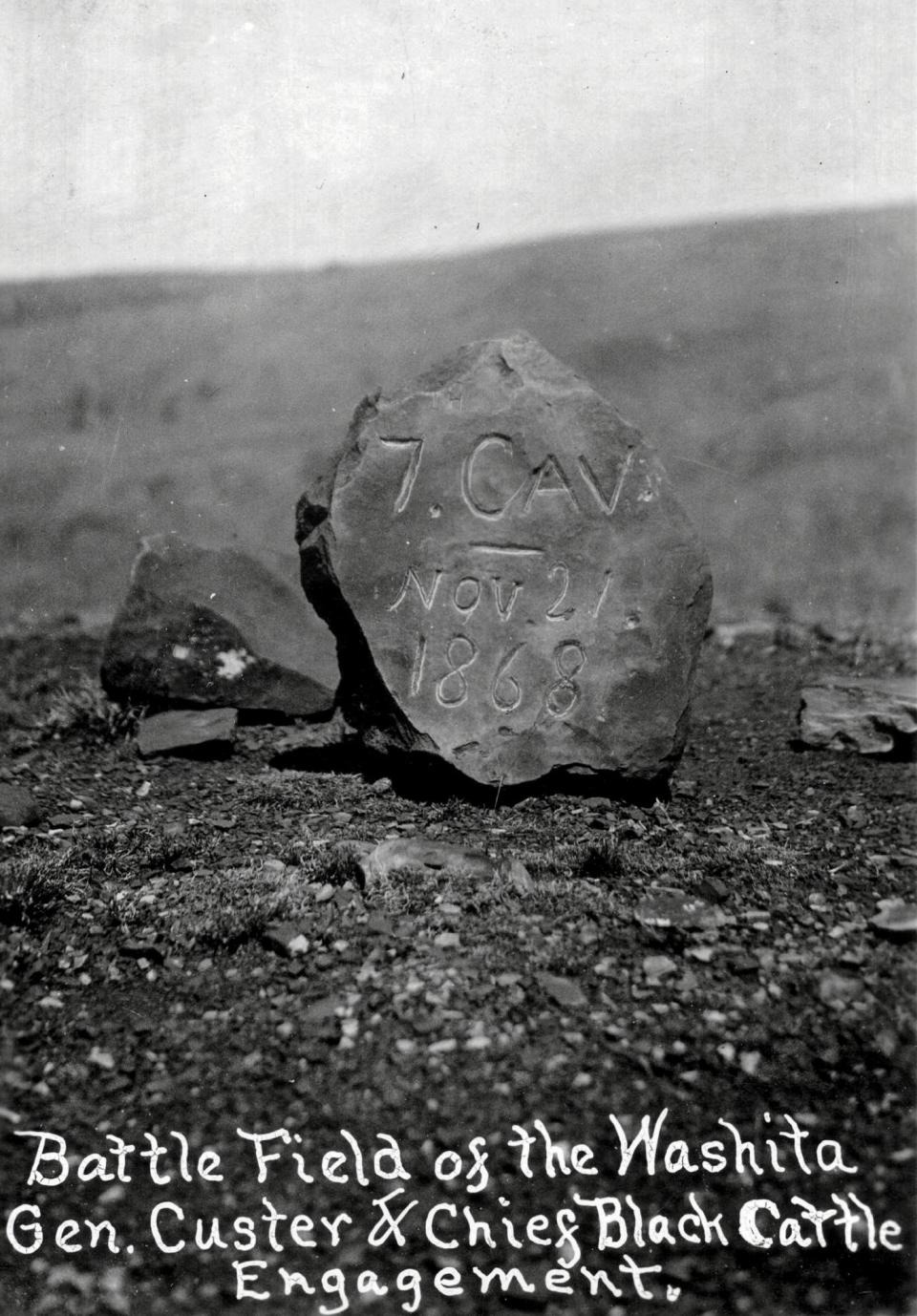
Cheyenne, Arapaho perspectives left out
For Cheyenne people, Custer’s attack ultimately touched off the reservation era and more than a century of economic struggle.
The opposite was true for the growing United States. As the population moved west, Congress divided up tribal reservations into individual sections of land assigned to tribal citizens, called allotments. The land left over was opened to white settlers, which happened in 1892 to the Cheyenne and Arapaho reservation in present-day western Oklahoma.
News stories touted the region’s fertile land and boasted about Custer’s great victory.
Oklahoma Gov. Kevin Stitt won a second term. Where does that leave the state's 39 tribes?
The area’s growing non-Native population wanted to build a state park at the site to attract hunters and tourists. In 1934, residents of nearby Cheyenne launched the Washita Battlefield Memorial Association to advance their cause. The editor of the local Cheyenne Star newspaper was named the group’s president. The paper was known for its storefront window display of objects looted from the site, including human remains, which it claimed belonged to Black Kettle, according to a 1959 article in The Daily Oklahoman.
The push for national recognition of the site gained prominence around the century mark of the attack. Federal officials deemed it a national landmark in 1965. A fictionalized account of what happened served as the backdrop of the 1970 Hollywood hit "Little Big Man," starring Dustin Hoffman.
While the movie portrayed the attack as a surprise to the Cheyenne encampment, the prevailing narrative about what happened remained a battle. “This view of westward expansion and frontier expansion, this conflict between civilization and savagery as people viewed it, and the inevitability of westward expansion really framed their sense of history,” Shepherd said. “Plus, you’re in Oklahoma. The land runs and taking Native land are just embedded in Oklahoma history.”
In 1968, local boosters arranged a reenactment of the conflict for the site’s 100th anniversary. Organizers paid $300 to six men to act as cavalry soldiers. But the men set off earlier than planned by firing blanks, scaring the Cheyenne and Arapaho people who had agreed to camp at the site for the event, Shepherd said.
“You can say ‘We were just joking’ or ‘It was just a reenactment,’” he said. “To do that just disrespects the legacy of the violence, and it really just marginalizes the Cheyenne and Arapaho perspective.”
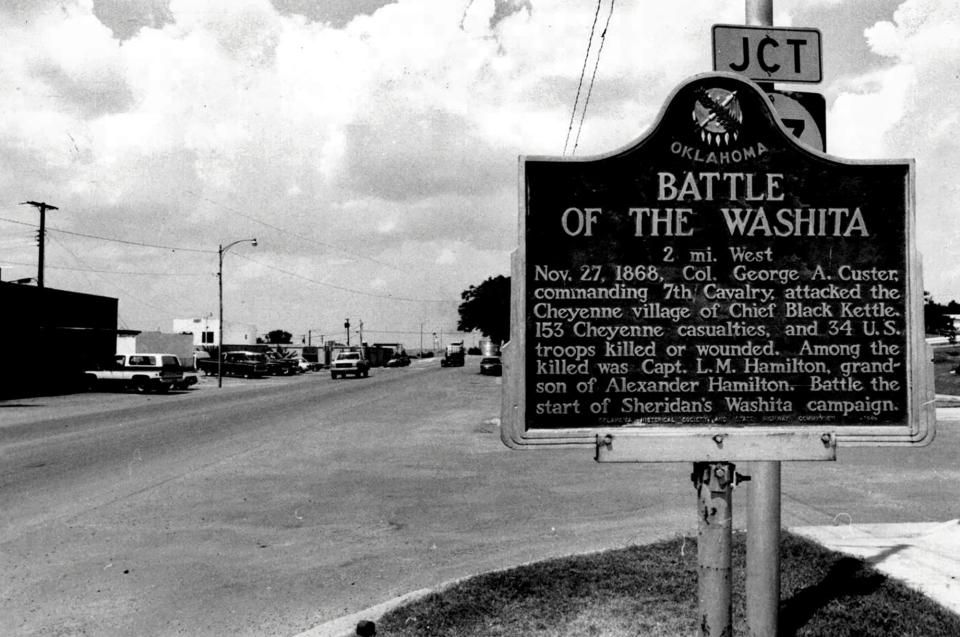
It wasn’t until the late 1980s — after casino gaming started to give tribes an economic foothold — that Native people began to have a collective voice in decisions made at the local, state and federal levels, Wassana said.
Tribal leaders push for accuracy
U.S. Rep. Frank Lucas, who grew up in Cheyenne, emphasized the importance of including the tribes when he co-sponsored a bill in 1994 for the federal government to take over the Washita site.
The proposal passed in 1996 and required the Park Service to involve Cheyenne and Arapaho leaders in their plans for the Washita Battlefield National Historic Site.
While tribal leaders supported formal recognition and protections for the site, their requests to Congress not to call it a battlefield went unheeded. Its name was written into law.
In a statement, Lucas said he and everyone else involved in crafting the law “were extremely dutiful in ensuring the history of the tragedy of the Battle of the Washita was properly honored and remembered.”
“It was my intention then and it remains the intention of the local National Park Service, myself, and all other parties to preserve and interpret the historical significance of the hallowed land that we call the Washita Battlefield National Historic Site,” he said.
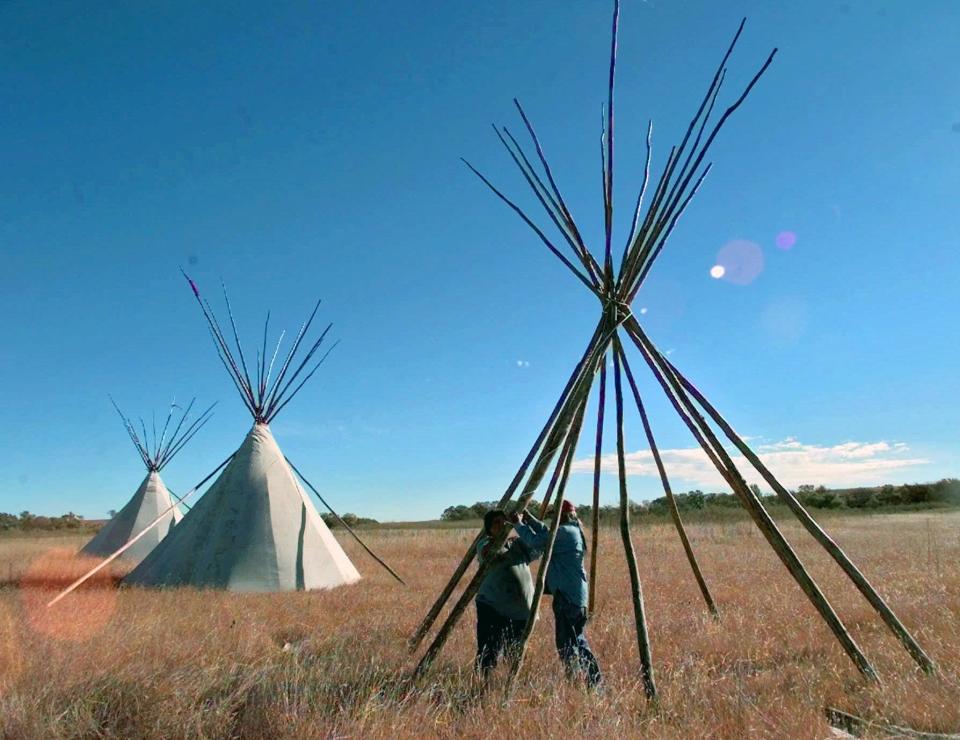
In 1998, the Park Service organized a symposium that brought together Mann and other historians to debate whether the event was a massacre or a battle. Mann still remembers some of the arguments she tried to deflect. Black Kettle advocated for peace, not war. The military positioned sharp shooters around the camp to kill, while Cheyenne people jolted awake by the gunfire had to scramble for bows and arrows or discarded military equipment, she said. Many men had left on a hunting trip.
“One has to be fair in terms of analysis, and I know history has never been very fair to us,” Mann said. “Even contemporary views tend to carry the kinds of justifications” that people apply to events such as Washita.
According to a transcript from the event, military historian Paul Hutton explained Cheyenne people had known the government was searching for them. “Thus I suppose, in a military sense, [they] had been given fair warning,” he said.
What made the naming of the Sand Creek Massacre National Historic Site different is that “massacre” had a champion in Sen. Ben Nighthorse Campbell. And public perception of U.S. history was changing, since that site was approved by Congress about a decade after Washita.
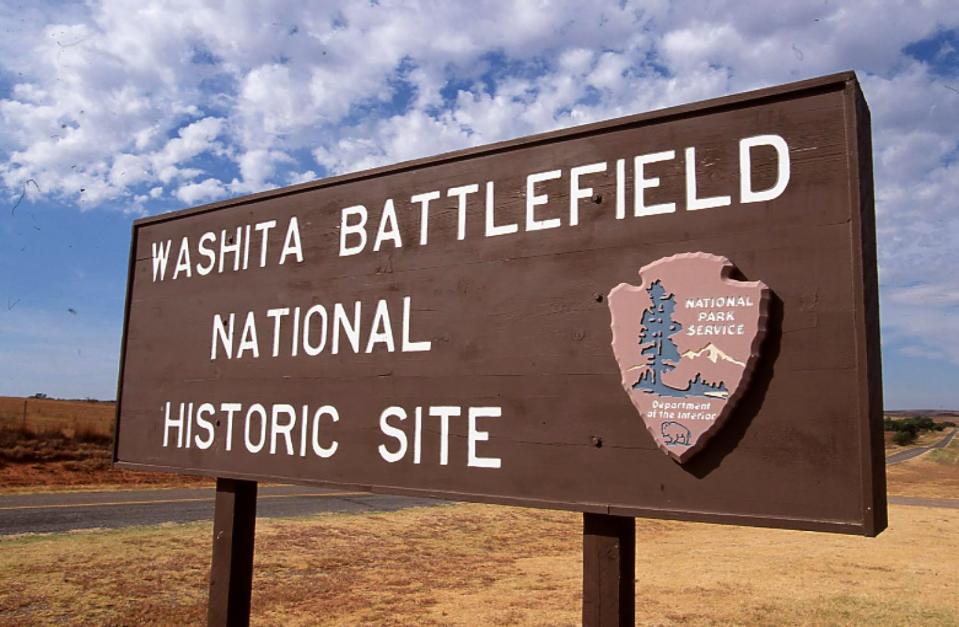
But other efforts to incorporate Indigenous perspectives into federal landmarks have faced pushback. Several tribes have pressed since 2005 to change the name of a national monument in Wyoming. Changing the name of a national monument requires congressional or presidential action.
Congress has never acted on the request. In 2021, the state’s two U.S. senators introduced a bill to block the tribes. Although it did not pass, the proposal could be reintroduced this year.
Wassana said he and other Cheyenne and Arapaho leaders won’t stop until the Washita site is renamed, even if their path to make it happen remains uncharted.
“We want the change for accuracy and history,” he said, “for future generations.”
Timeline: How the Washita Battlefield National Historic Site was founded
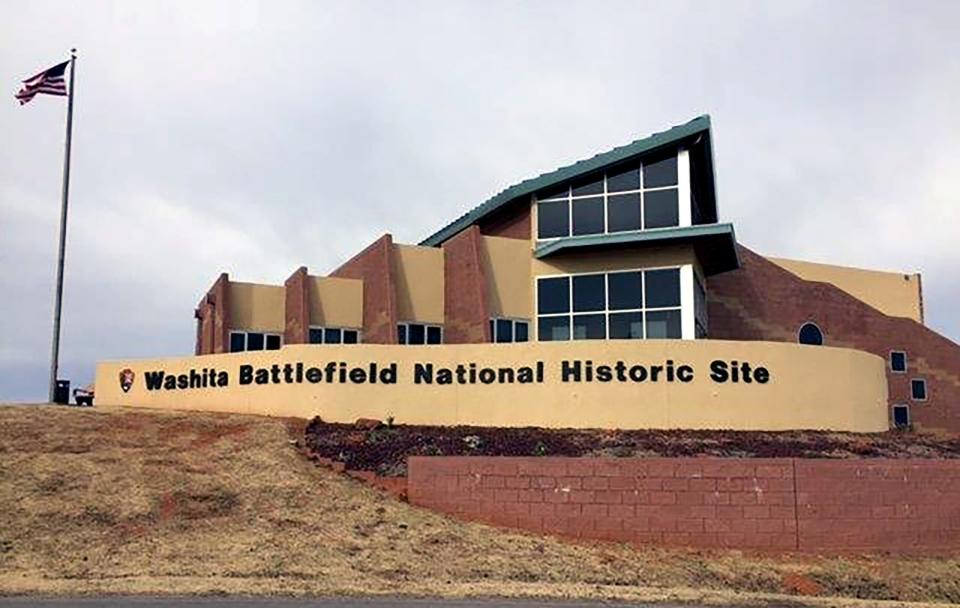
The United States’ attack on Cheyenne people camped along the Washita River happened in the post-Civil War era, as the U.S. rapidly expanded west and federal officials forced tribal nations on to reservations.
1868: Cheyenne families led by Black Kettle, a peace chief, set up camp for the winter next to the Washita River near present-day Cheyenne, Oklahoma. The river provided abundant water and nearby cliffs offered shelter from frigid wind. Four years earlier, Black Kettle had survived a massacre in what is now Colorado, where U.S. troops killed more than 200 Cheyenne and Arapaho people.
Black Kettle advocated for peace in talks with U.S. officials, said Cheyenne historian and elder Henrietta Mann. “All he ever wanted to do was have his children sleep throughout the night,” she said.
Nov. 27, 1868: U.S. Army Lt. Col. George Armstrong Custer leads the Army’s 7th Cavalry in a surprise attack of Black Kettle’s camp at dawn. Soldiers kill Black Kettle and his wife, along with dozens of others. The exact number of Cheyenne men, women and children killed remains unknown. U.S. troops take captive surviving women and children and kill hundreds of horses. An estimated 20 soldiers also die in fights with Indigenous people who traveled to the campsite after learning about the attack.
1892: Land promised to the Cheyenne and Arapaho Tribes as their reservation — now part of western Oklahoma — opens to white settlers after tribal members receive allotments. News stories seeking to attract settlers tout the history of the land and publish exaggerated accounts of Custer’s attack.
1916: Leaders of the new towns and state discuss a formal monument at the site to commemorate the Army’s “complete defeat of the Indians,” according to newspaper accounts.
1934: Area residents form the Washita Battlefield Memorial Association aimed at building a state park on the site. The local Cheyenne Star newspaper reported the group would work to commemorate the place where Custer attacked the Cheyenne, “completely routing the Indians” and delivering “the blow that broke the war-like spirit of the Plains Indians.”
State leaders also believe a park ground could attract thousands of tourists to western Oklahoma. Some newspaper editorials published about this time question whether the site should be called a battlefield or a massacre. “In simple truth, the so-called battle was nothing much but a pitiful massacre of helpless people,” said a 1935 editorial in The Daily Oklahoman.
1959: Oklahoma officials and local boosters open the Black Kettle Museum in Cheyenne, where initial exhibits include human remains and other artifacts collected from the campsite. By this time, an engraved stone interpretative marker has also been placed near the site.
1965: Federal officials declare the site to be a national landmark after conducting multiple studies of the site throughout the 1950s and '60s.
1994: Two U.S. representatives from Oklahoma, Frank Lucas and Mike Synar, introduce the Oklahoma Battlefield Act in Congress to designate the site and one other as national parks. Lawrence Hart, a Cheyenne peace chief, testifies during a subsequent Congressional hearing that lawmakers should not use the word “battle” in the site’s name and allow Cheyenne people to name the park instead.
1996: Congress establishes the Washita Battlefield National Historic Site, writing its creation into a large parks bill. The new law requires federal officials to work with Cheyenne and Arapaho leaders as they build out the park.
Molly Young covers Indigenous affairs for the USA Today Network's Sunbelt Region. Reach her at mollyyoung@gannett.com or 405-347-3534.
This article originally appeared on Oklahoman: 'A massacre': Tribal leaders seek new name for Washita Battlefield

